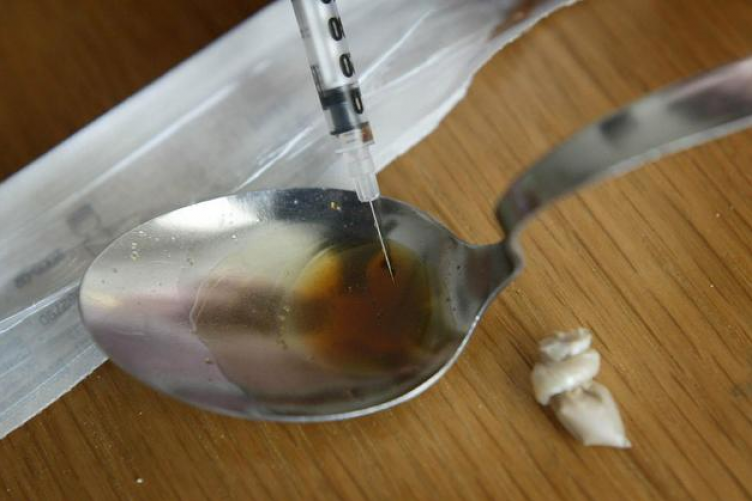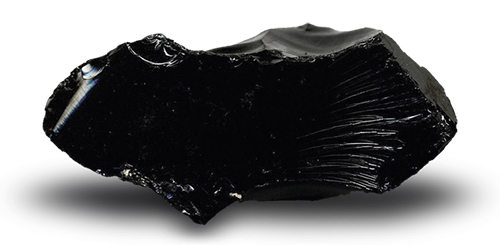inferno
( ͡° ͜ʖ ͡°) <*))))><
The wax clogged my needle. Wat do?

those are for babies.
get a 0,8mm needle!

The wax clogged my needle. Wat do?

Ben how do you melt your wax?
The wax clogged my needle.
I use a disposable syringe to transfer the hot wax into the tang hole.
Essentially the wax just becomes a mold. The issue is not whether or not the handle can be pulled off after it is installed. The issue is whether or not it can tolerate many repeated small up-down movements without loosening and losing the bond (and then being easily pulled off or, worse, just sliding off).
I think it's applying force through the wood. Yes, the wood does have a resistance to compression, but it also has some give. I like to think of it like the wooden "soft jaws" you sometimes see on bench vices. The ferrule doesn't directly touch the tang (or most of it anyway), it is acting on the tang through the wood... kinda like a belt not directly touching you but still applying pressure. Without the ferrule, the pressure you could place on the tang using wood by itself would be far less, otherwise it would split (as you mentioned).
The handle looks good Carl, I think if you heat up a metal stick (metal chopsticks or tip of a fork) and run it back and forth on exposed wax, it will melt it down, just clean it up before it cool down you should be good.Nope, still haven’t learned a thing. Gosh wax is sticky
and yes wax was sticky and when messy. I tried to fill the tang full with wax first then installed the handle. it worked great to stabilized the tang and confirmed no gaps (I hope) but it was mess everywhere.Nope, still haven’t learned a thing. Gosh wax is sticky

The handle looks good Carl, I think if you heat up a metal stick (metal chopsticks or tip of a fork) and run it back and forth on exposed wax, it will melt it down, just clean it up before it cool down you should be good.
The handle looks good Carl, I think if you heat up a metal stick (metal chopsticks or tip of a fork) and run it back and forth on exposed wax, it will melt it down, just clean it up before it cool down you should be good.
Cutler's resin is a synthetic resin made of pine pitch, beeswax, and sawdust or carnauba wax used for centuries (to today) to attach knife handles. It is used as both an adhesive and for waterproofing. The word cutler means "one who makes knives", hence the word "cutlery".
Yeah... its making a lot of sense the more I look into it.Never heard of it but I'm intrigued.
Now Im gonna spend countless hours reading about it and asking a few of the older guys in my guild.
Rosin is extensively used for its friction-increasing capacity in several fields:
- Players of bowed string instruments rub cakes or blocks of rosin on their bow hair so it can grip the strings and make them speak, or vibrate clearly.[3] Extra substances such as beeswax, gold, silver, tin, or meteoric iron[4] are sometimes added to the rosin to modify its stiction/friction properties and the tone it produces.[5] Powdered rosin can be applied to new hair, for example with a felt pad or cloth, to reduce the time taken in getting sufficient rosin onto the hair. Rosin is often reapplied immediately before playing the instrument. Lighter rosin is generally preferred for violins and violas, and in high-humidity climates, while darker rosins are preferred for cellos, and for players in cool, dry areas.[6] There are also specific, distinguishing types for basses—for more see Bow (music).
- Violin rosin can be applied to the bridges in other musical instruments, such as the banjo and banjolele, in order to prevent the bridge from moving during vigorous playing.
- Ballet, flamenco, and Irish dancers are known to rub the tips and heels of their shoes in powdered rosin to reduce slippage on clean wooden dance floors or competition/performance stages. It was at one time used in the same way in fencing and is still used as such by boxers.
- Gymnasts and team handball players use it to improve grip. Rock climbers have used it in some locations, but it fouls the rock, so usage is now highly discouraged.
- Olympic weightlifters rub the soles of their weightlifting boots in rosin to improve traction on the platform.
- It is applied onto the starting line of drag racing courses used to improve traction.
- Bull riders rub rosin on their rope and glove for additional grip.
- Baseball pitchers and ten-pin bowlers may use a small cloth bag of powdered rosin for better ball control.
- Rosin can be applied to the hands in aerial acrobatics such as aerial silks and pole dancing to increase grip.
Has anyone heard of this stuff before? I'm just learning about it now...
It seems like traditionally it was hard pine resin or rosin that was used as the adhesive, with beeswax, oil or tallow melted into the mix to modulate its properties (increase toughness) and some kind of fine aggregate (sawdust, charcoal powder or metal filings) to increase hardened stability.
Sounds about right to me. Rozzle is a sick name for it!IIRC this was also called "rozzle" (sp?). I've seen it on very old (c. 1890) nogent sabatiers. I know because I cracked a few of the old handles off and it was in the cavity. Even after all that time it was still hard, still working, and still a PITA to scrape off the tang. Resin + hide glue + aggregate (saw dust) was my guess at the time. Kinda a pre-epoxy system?
Has anyone heard of this stuff before? I'm just learning about it now...
Yeah the stuff is everywhere and is fascinating. Used for water-proofing, varnishes, adhesives, sealants, food glazing agents, casting, and can occur naturally or be made from plants or synthetic materials (mostly petroleum)....resin and pitch turn up a lot in old-world carpentry...

A pitch drop experiment is a long-term experiment which measures the flow of a piece of pitch over many years. 'Pitch' is the name for any of a number of highly viscous liquids which appear solid, most commonly bitumen. At room temperature, tar pitch flows at a very low rate, taking several years to form a single drop.
The best known version[1] of the experiment was started in 1927 by Professor Thomas Parnell of the University of Queensland in Brisbane, Australia, to demonstrate to students that some substances which appear solid are actually highly viscous fluids. Parnell poured a heated sample of pitch into a sealed funnel and allowed it to settle for three years. In 1930, the seal at the neck of the funnel was cut, allowing the pitch to start flowing. A glass dome covers the funnel and it is placed on display outside a lecture theatre.[2] Large droplets form and fall over a period of about a decade. The eighth drop fell on 28 November 2000, allowing experimenters to calculate the pitch as having a viscosity of approximately 230 billion (2.3×1011) times that of water.
Isn't heat supposed to be bad for the knife ?Yea, putting the whole knife in a convection oven at 100c for 5-10 min usually does it.
Yes you use cut up cold pellets to fill in the handle slot, then torch the tang hot and insert. If you dont get to bottom pull out immediately and torch more. Up to 150c is safe, 100 is mildest for the wood, once I had to go ~120 that worked too, depends some on the glue. Some margins are good as convection ovens thermostats can tend to be funky/inaccurate. 150c is I'd say minimum general tempering temp. Common range to use is more like 170 and up.Isn't heat supposed to be bad for the knife ?
Just saying because I just hot glued a handle on a munetoshi gyuto for the first time but I couldn't insert the tang all the way in the handle as I would have liked .. (my mistake is probably that I didn't heat the tang. or is it ?) The hot glue got cold waay faster than what I expected, what would you suggest I do ?
If heat doesn't do anything to the knife then I guess I will stick it in oven softening the glue and pushing the knife further in the handle.
Enter your email address to join: